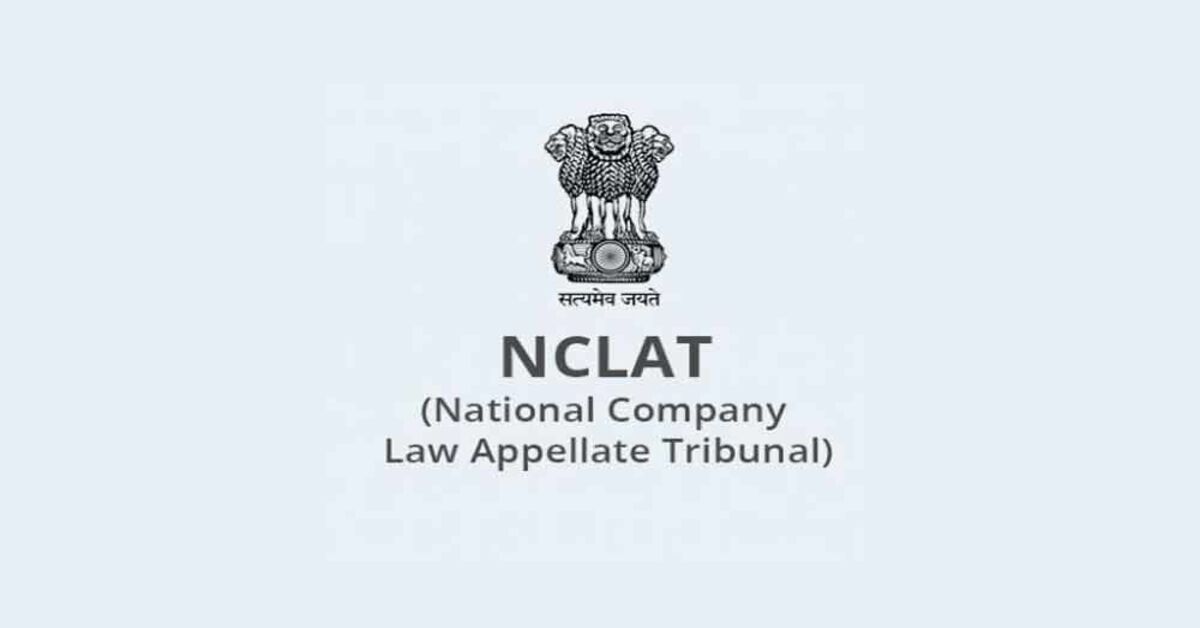Introduction
Quantum computing is an area that might transform technology as we know it. It can shift the boundaries of what computers can do. Quantum computers, unlike classical computers, do not operate in binary systems with 0’s and 1’s. Instead, they work with quantum bits, or qubits, which makes them capable of existing in various forms at the same time. This ability gives quantum computers the power to execute very complex calculations with unmatched speed. There is no doubt that these advancements will be helpful, but they also threaten a lot of areas, perhaps most importantly, cryptography, which is the primary faith of modern communication systems. This article analyzes the legal aspects of cryptography in quantum computing, the policies that deal with this juncture, and the legal system wherein these novel issues are arising.
Cryptography: An Overview
Cryptography is the practice of protecting messages and information so that only a specific person can access them using encoded text or phrases. It guarantees confidentiality, integrity, and a combination of data. The current cryptographic systems are primarily divided into two categories: symmetric key cryptography and public key cryptography. Symmetric-key cryptography works using a single key to encryption and decryption processes, which is unlike public-key cryptography where the transmission of secured communications is done with a pair of keys, known as public key and private key. These systems form the backbone of digital security and encryption infrastructures that defend private information from being accessed by people without the proper clearance and certify communications on numerous fronts such as financial dealings, government actions, and personal information.
Integer factorization and discrete logarithms are common problems that are noteworthy in the modern public-key cryptography systems context, thence most of them rely on these methods. RSA, ECC, and DSA are famous for being utilization algorithms in digital communication systems. The effectiveness of these algorithms is based on the inability of classical computers to solve problems in a reasonable amount of time. The violent reality of quantum computing is how it diabolically disintegrates the sense of security these algorithms were initially built upon due to rendering the problems solvable in a reasonable time.
The Threat of Quantum Computing to Cryptography
An important feature of quantum computing is the ability to solve some problems significantly faster than classical computers. There is a range of quantum algorithms, which incorporates Shor’s algorithm that enables efficient factorization of large integers and calculating discrete logarithms. Such capability negatively impacts the security of RSA and ECC, which rests on the assumption that these problems are computationally infeasible for classical computers. Once there is a quantum computer powerful enough, Shor’s algorithm could break the cryptographic systems, encrypted information would be accessible to unauthorized users, and secure channels would not remain safe anymore.
In comparison, symmetric-key cryptography remains at low risk of quantum computing intervention. Another quantum algorithm is Grover’s algorithm, which is capable of increasing the effective security key size for encrypted algorithms like AES (Advanced Encryption Standard). Accessing information via a quantum attack through symmetric algorithms that feature 128-bit keys in AES would calculate the security ability as 64 bits. This does not mean it’s better though, the vulnerability may be lessened with longer key lengths, which makes symmetric cryptography comparatively more vulnerable to quantum damage.
The advancements in quantum computing have the potential to make current cryptography systems outdated, which puts data security and privacy at risk. The risk of losing data security goes beyond sensitive information. It includes critical infrastructure, financial systems, health records, communication from the government, and so much more. To defend against these threats, there is an immediate call for quantum-resilient encryption solutions. This has in turn sparked the creation of multi-layered encryption which focuses on algorithm design that is impenetrable by quantum weapons. Developing post-quantum cryptography relies on problems that require a lot of time and are tough for both classical and quantum computers to work with: lattice-based, code-based, multivariate, and hash-based cryptography. Even though the promise is there, it will take more study, experimentation, and uniformity before systems become widely accepted.
Regulatory Frameworks Governing Cryptography and Quantum Computing
The legal and regulatory landscape surrounding cryptography and quantum computing is complex and rapidly evolving. Cryptography is governed by a combination of international agreements, regional frameworks, and national laws. These regulations address a range of issues, including export controls, data protection, cybersecurity standards, and the ethical use of advanced technologies.
International Regulations
The Wassenaar Agreement describes how two or more countries maintain the currency and goods associated with matters such as the export of software used for encryption. This means that member states have to control the spread of ever-advancing and more sophisticated systems of cryptography that can be used for harmful reasons. The control of such technologies is further demanded by the Budapest Convention on Cybercrime, a treaty designed to combat cybercrime and the retrieval of electronic evidence that relates to a crime, which puts significant emphasis on encryption as a means to maintain cybersecurity. This treaty balances the needs of law enforcement with the increasing need for privacy in society moderation by asking for such a balance and security. This balance is made difficult by quantum computing’s capability to breach the safeguards put in place which results in the existing treaties and frameworks becoming obsolete.
National Regulations
Countries have developed particular regulations concerning the use of cryptographic technologies at the national level, and most countries appear to be preparing for the quantum era. Within the United States, the Export Administration Regulations (EAR) and the International Traffic in Arms Regulations (ITAR) serve to monitor the trade of encryption technologies. The Federal Information Security Management Act (FISMA) stresses the importance of strong encryption in safeguarding federal systems against all forms of cyber threats. In addition, the National Institute of Standards and Technology (NIST) is working toward developing post-quantum cryptography standards which attempt to tackle the problem of quantum computing. These are clear signs of willingness to engage with the issue.
The European Union’s General Data Protection Regulation (GDPR) compliance also stipulates the use of encryption when storing any personal data for privacy purposes. The ePrivacy Directive builds on the GDPR by governing online communications and requiring a higher level of protection to be afforded. In India, the only possible law that could govern the cryptographic acts is the Information Technology Act, of 2000, which grants powers to the government to undertake interception of encrypted information under certain conditions. The Reserve Bank of India (RBI) has compliances for the encryption of electronic payment systems and financial transactions as well.
The growth in quantum computing abilities demands revisions of these rules. Governments and regulatory institutions must guarantee that the cryptosystems are quantum-proof while balancing national security, privacy, and technology progression. It is important to engage in international cooperation to align regulations and avoid loopholes that can be abused by criminal elements.
Judicial Interpretations and Case Laws
The implications of cryptography and quantum computing are starting to be addressed by Courts across the globe, even if in a restricted manner. Several landmark cases have shed light on how courts attempt to balance security, privacy, and new technological inventions.
For instance, in the United States, Apple Inc. v. FBI brought forward issues at the core of decryption and the limits of encryption, as well as the powers of the government to mandatorily decrypt it. While quantum computing was not considered during the proceedings, the case did much to highlight the importance of encryption in protecting people’s privacy and national security. In the same manner, within the European Union, the Schrems II case is another example that highlights strong data protection compliance with GDPR. The judgement declared the EU-US Privacy Shield to be invalid, due to inadequate protection of EU citizens’ data and surveillance by US state authorities. Concerns regarding quantum computing’s ability to expose encryption already raise significant questions and hence more rigid data protection laws will have to be put forth in the legal realm.
The case of K.S. Puttaswamy v. Union of India identified the right to privacy as a fundamental right protected by Article 21 of the Constitution. The landmark ruling underscored the necessity of robust encryption for the protection of privacy in the modern world. With quantum computing looming over as a danger to conventional encryption, the courts will have to deal with the question of whether there are stringent enough standards in the field of cryptography to protect these basic rights and secure personal information.
The Future of Cryptographic Regulation
Switching over to quantum-resistance cryptography has major impacts on policy for regulators, lawmakers, and legal professionals. The challenges that arise from this transition include creating and implementing necessary benchmarks regarding the new algorithms, meeting the compliance requirements, attending to the issues of international scope, and managing security and privacy concerns. Since digital communication and commerce are global on all levels, some regulations have to be put in place to avoid fragmentation as well as make the transition to quantum-safe systems simple.
Attempting to resolve these issues is underway. NIST is helping to pioneer the development of a standardized post-quantum cryptographic document while other organizations are focused on creating treaties and other documents that will incorporate the real-life applications of quantum computing. To make quantum-safe cryptography adoption smoother as well as enhance the security of digital communication in the quantum computation age, the collaboration of private and public sectors as well as more funding for R&D is crucial.
Ethical and Policy Considerations for Quantum Computing in Cryptography
The matters of ethics in quantum computing and cryptography is exceptional. Governments and corporations need to ensure that new technologies do not worsen existing inequalities or violate basic rights. When providing equitable access to quantum technologies, the transparency of their development and use is of immense importance, as is the responsible utilization of quantum computing to prevent hostile uses such as cyberwar. Stakeholders can be educated on quantum computing and its impact through campaigns to raise public awareness.
Conclusion
Quantum computing poses a pretty unique challenge to cryptography because it can transform industries and technology. This interrelated legal aspect is quite important and needs solid regulatory structures that involve judicial and international collaboration. Society can take full advantage of quantum computing technology’s benefits by proactively tackling these issues, all while protecting the privacy and security of digital communications. An adjustment of laws has to be done to make sure that it considers the ever-advancing quantum technology as an innovation enabler and fundamental rights defender. Along with properly coordinated action, and active commitment to ethical standards, an evident shift towards a quantum-secure world can be made that ensures the security of digital communications in a world that is more connected than ever.














